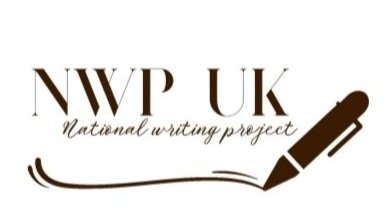November 2019 Change is afoot at the National Writing Project.
Alongside our shiny new website - and new and invigorated social media platforms - we have plenty of new faces on board to help Simon Wrigley and Jeni Smith move the project forward into its next phase.
At its core, it remains a network of teachers' writing groups, run by teachers for teachers. It is still a grass-roots, not-for-profit, teacher-owned research project that aims to explore writing and find out further answers to the question, 'What happens when teachers gather together to write and share their writing?' But we have done some further thinking about our principles and values, and about how best to promote them.
The first is that we work together to foster and celebrate the authentic voices of teachers and children across all phases of education. That means that in our ‘galleries’ on the website, for example, we will aim to do more celebration of the work that writing teachers and children do. And by ‘authentic’ we mean real writing - writing that diverges from formulaic structures and ‘Lego linguistics’ and encourages genuine independent voices to emerge in the classroom and beyond.
It is taking us a little while to transfer everything over from the old website, but you can still see favourite resources there at https://thenationalwritingproject.weebly.com/ , so fear not, nothing is lost - but please bear with us as we transfer everything over. Meanwhile, happy writing.

